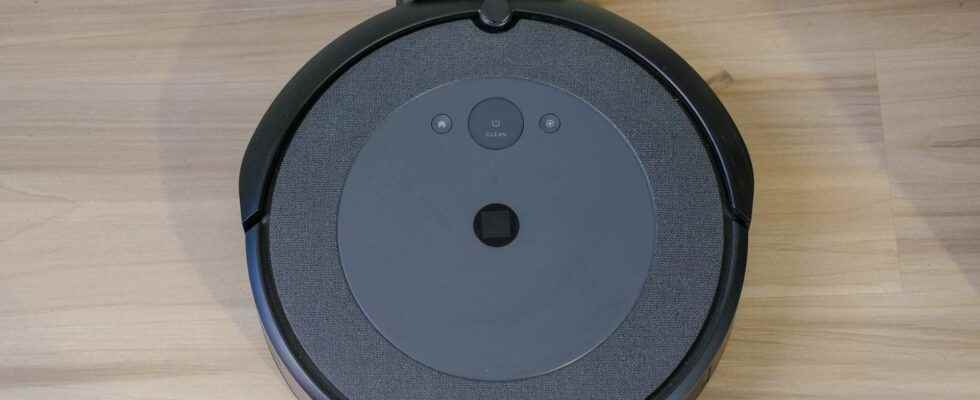Light and handy, the vacuum cleaners wireless have the wind aft. Their main characteristic is to allow cleaning without constraints and… wirelessly. Their battery can reach up to 60 minutes of autonomy, for a standard use and 30 minutes in maximum power.
There are many battery types depending on the models of cordless vacuum cleaners you are considering. The two main types are so-called Ni-MH batteries and so-called lithium-ion batteries. Each of them has its specificities and its advantages that we present to you below, so that you can position yourself in your purchase by knowing exactly what you are leaning towards, if applicable.
Batteries for lithium-ion cordless vacuum cleaners
This type of battery is basically an electric accumulator that uses a base of lithium and which is considered to provide optimum yields.
Unlike Ni-MH batteries, those based on lithium do not experience a drop in power as they discharge, i.e. the suction will remain the same from when battery will be fully charged and the moment it has completely exhausted its energy stored.
In general, the lithium ion batteries have a higher tendency to heat up than their Ni-MH competitors, therefore their transport is more delicate and it is moreover often prohibited or in any case very regulated, in particular for transport by air for example.
Note, finally, that their recharge time is usually relatively shorter than their competitors and generally only takes a few hours.
Batteries for Ni-MH (Nickel Metal Hydride) cordless vacuum cleaners
This type of Ni-MH battery, for Nickel metal hydride, is nothing less than a kind of electric accumulator, of course rechargeablewhich uses nickel oxyhydroxide and metal hydride, names that probably don’t ring a bell.
What can be said about this type of battery is that in principle they have to operate at full speed for several hundred recharging cycles. Generally, they are also considered to be easier to transport than their lithium-based competitors. Their main disadvantage, moreover, is that they have the annoying tendency to discharge in an environment that releases too much heat.
From a general point of view, it is also considered that the power delivered by this type of battery tends to flex as they discharge, which means your cordless vacuum will gradually have less suction as its battery loses stored energy. On the other hand, it should be borne in mind that Ni-MH batteries often take a little longer to recharge.
You will also be interested
[EN VIDÉO] From Volta to Graphene: the evolution of batteries The most common type of battery is the lithium-ion battery. Several technologies are in the running to replace it.
Interested in what you just read?
